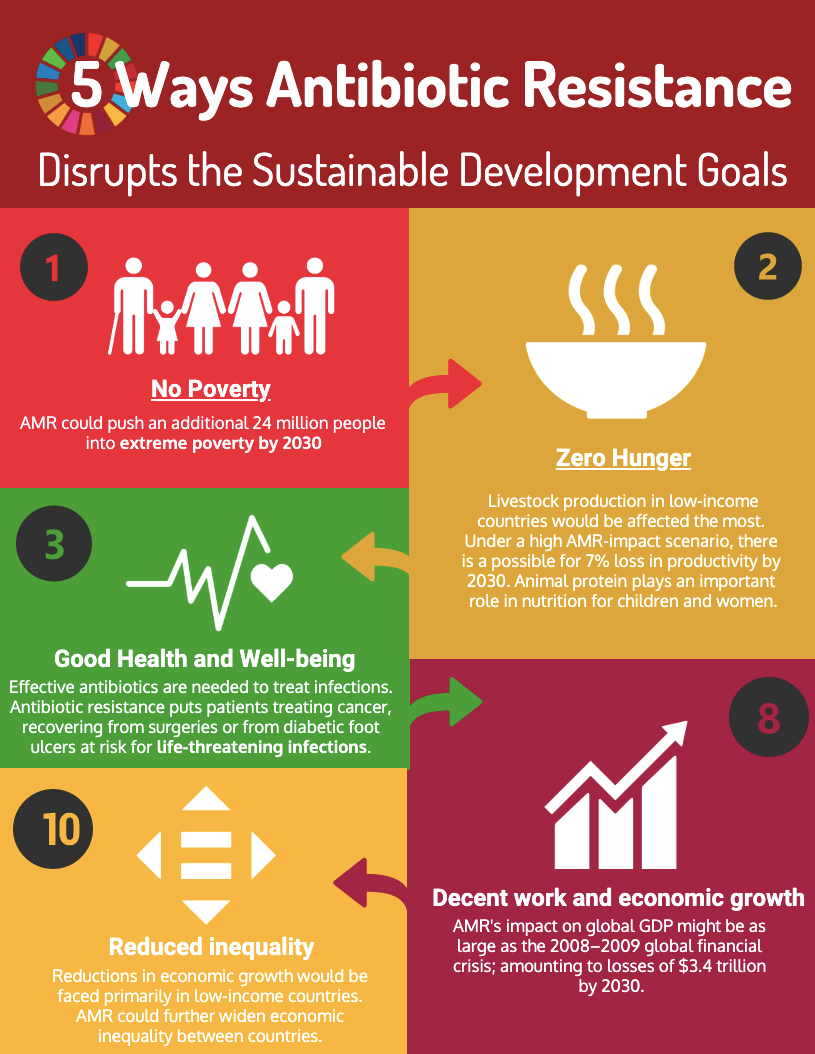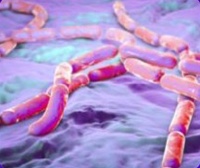
Antibiotic resistant superbugs represent a global threat on par with climate change.
The fight against Antibiotic Resistant Microbes is closely linked to the United Nation’s Sustainable Development Goals (SDG)
In 2017, for the first time in its history, the World Health Organization issued a wake-up call about the growing threat of “superbugs” developing resistance to antibiotics.
This drastic step was driven by indisputable global dynamics:
- the general overuse of antibiotics
- a lack of innovation and drug discovery to counter act superbugs
- the realization that many bacteria have adapted to existing antibiotic remedies
- the diminished efficacy of existing methods of disinfection
A 2019 CDC report on antibiotic resistance states that 3 million Americans face antibiotic-resistant infections every year, resulting in an estimated 35,000 deaths.
Antibiotic Resistant Microbes impact the achievement of several of the 17 SDGs set forth by the United Nations.
In particular SDG #3
Source: ReActGroup.org


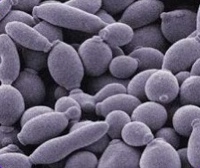
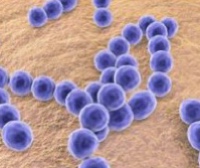
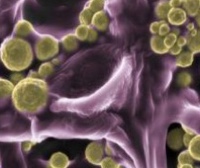
Vyv antimicrobial light is effective at stopping the growth and killing* viruses, gram-positive and gram-negative viruses, bacteria, fungi, yeast and mold on surfaces.
Leading Bacterial Sources of Illness and Deaths in the United States
Leading Bacterial Sources of Illness and Deaths in the United States
| Bacterial Source | Annual Impact | Results |
| Salmonella | 1,000,000 illnesses | 19,000 hospitalizations |
| C. diff | 453,000 cases | 29,300 associated deaths |
| MRSA | 80,000 cases | 11,285 associated deaths |
These common germs are spread through both human transmission and environmental contamination. They are a pervasive threat in health facilities, homes, public spaces and work environments. Increased antibiotic resistance leaves people highly vulnerable to illness, with limited defenses. Antibiotics have long been relied upon to combat infections. During the past two decades this once powerful medical tool has become significantly less effective. Why?
Antibiotic medicines target specific proteins in common germs, which have adapted over time increasing resistant to these drugs. Making matters worse, drug discovery has not kept pace. Between 2008 – 2012 only two new antibiotics received U.S. FDA approval, compared to sixteen between 1983 – 1987. The situation is so dire that the World Health Organization considers the threat of antimicrobial resistance comparable to the threat of climate change.
The pandemic has awakened the world to the dangers we face. Our leading scientists have been telling us about this for years.
*Testing on a non-enveloped virus (MS2 bacteriophage) showed a 97.12% reduction in controlled laboratory testing in 8 hours on hard surfaces. Testing on SARS-CoV-2 (enveloped virus) showed a 96.76% reduction in controlled laboratory testing in 8 hours on hard surfaces. Testing on MRSA and E. coli showed 90%+ reduction in controlled laboratory testing in 24 hours on hard surfaces. Results may vary depending on the amount of light that is reaching the surfaces in the space where the product is installed and the length of time of exposure. Use of Vyv antimicrobial light is not intended to replace manual cleaning and disinfection practices.
Let’s be in touch.
If we can answer any questions or you’d like to brainstorm ideas about how you can apply antimicrobial LED light, please say hi to Vyv.


